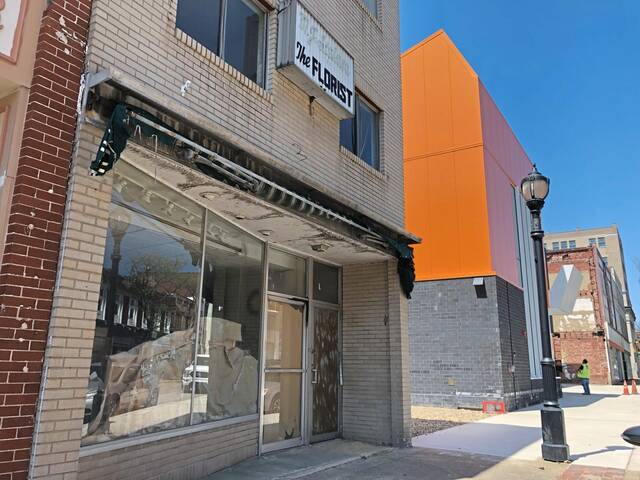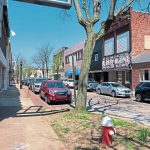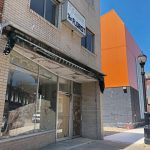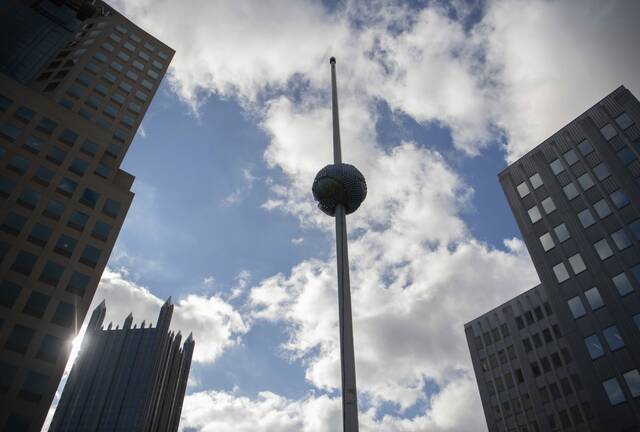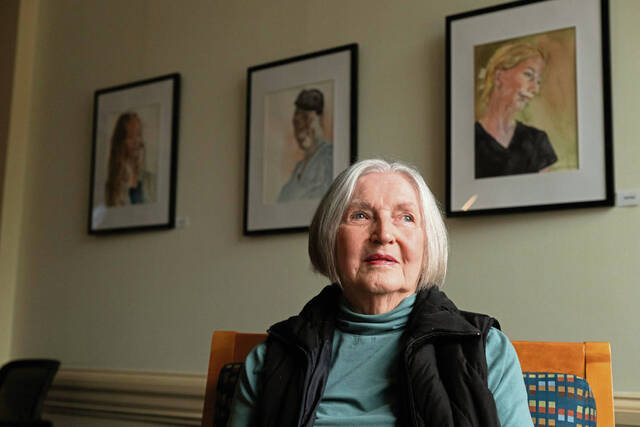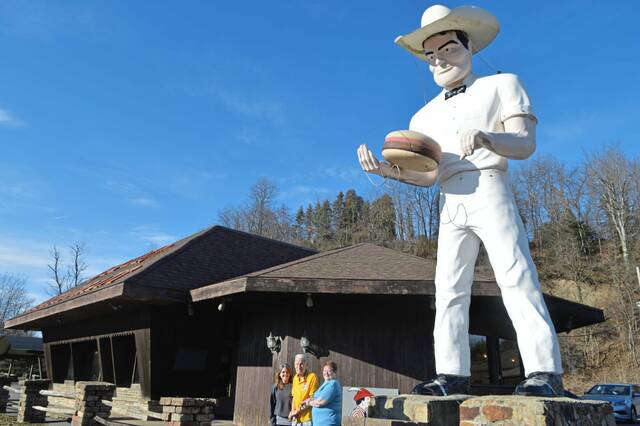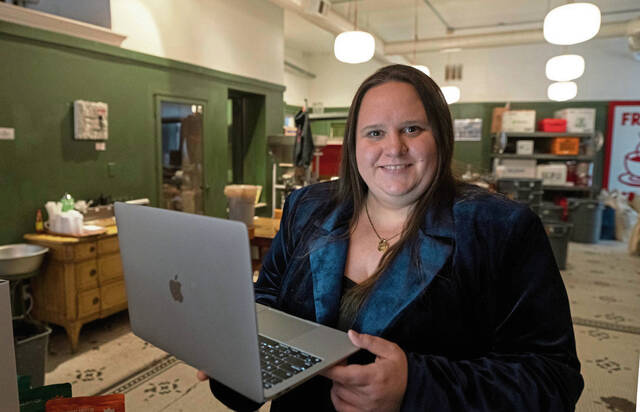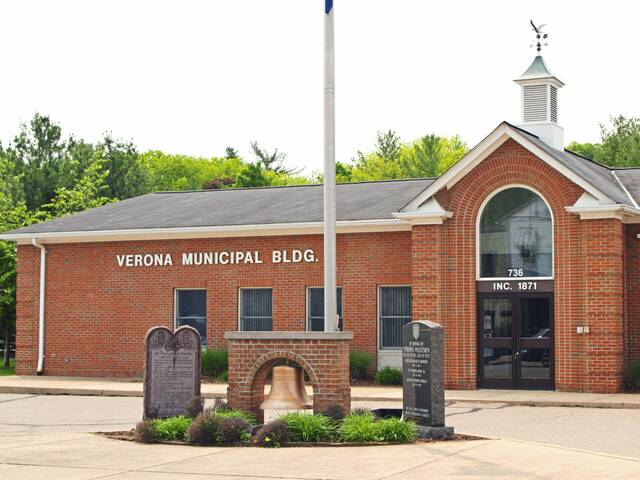New Kensington officials are reviewing new design guidelines and overlay districts that would regulate the city’s ongoing development and revitalization.
The design guidelines are intended to become the city’s primary tool for evaluating proposed development, reuses of buildings, facade renovations, landscaping designs and signage proposals.
Three overlay districts — design review, historic and river — would be created.
Also included in the proposal are best practices for the creation of murals, and a paint and window decal program for vacant storefronts.
“It’s an eye to the future to make sure the town is developed in a way that’s thought out,” city Solicitor Tony Vigilante said. “We don’t want to stifle development. We want it done in a way that’s attractive and long-lasting.”
The city’s planning commission will begin its review of the proposal when it meets at 7 p.m. Tuesday at City Hall.
Commission Chairman Richard Bruni said he expects an overview of the proposal to be given and, although it is not a public hearing, for those attending to be able to ask questions and make comments.
“Our job is to allow a property owner to use his property as he wishes and, at the same time, balance the city’s interests,” Bruni said. “We don’t want to overburden a developer. We want to make sure stuff is appropriate and safe.”
A public hearing ultimately would be held before city council. After a review by the county, the proposal could be voted on by July at the earliest, said Tony Males, city engineer and zoning officer.
Copies of the proposal are available at City Hall upon request.
New Kensington officials worked with a consultant, Barb Ciampini, to develop the guidelines beginning in 2019. She is a real estate agent with more than 30 years of experience in land development and municipal government and a former planning director for Greensburg.
“Their goal was kind of more than just design guidelines,” she said. “They wanted to maintain pride in the city of New Kensington and maintain their historical buildings. Because of the new development, they realized they might need some guidelines to help guide development. They wanted to have a say in it, and they wanted it to be a partnership with the developers.”
Males said the erection of a steel pole building prompted the development of the new guidelines. While Males said such a building is not appropriate for downtown or along Tarentum Bridge Road, there was nothing in the city’s ordinances to not allow it.
He would not identify the building.
The guidelines cover residential, commercial, industrial and public and institutional buildings. They also address parking, signs, lighting, landscaping, utilitarian functions and streets.
Although the city’s downtown is the primary focus, Males said, the guidelines would apply to the entire city.
“The guidelines are a tool to help developers, to help property owners and to help the city of New Kensington continue on the successful pattern that they’re on and take pride in their city,” Ciampini said.
Ciampini said they worked on drafts until coming up with something that’s ready to go to the public.
“The public has a say in it, too,” she said.
In discussing the proposal, city officials often used the word “flexibility.”
“The nature of this ordinance is to work with the building owners,” Males said.
Mike Malcanas, owner of Olde Towne Overhaul and Voodoo Brewery New Kensington, has bought more than 30 buildings in New Kensington with about 40 retail locations. He and operations manager Michelle Thom reviewed the proposal.
“I was very pleasantly surprised to see that the city is hoping to adopt both very progressive and creative programs, while also focusing on historic preservation of the downtown buildings,” Thom said. “It’s also nice to see thought going into riverfront development and also encouraging building owners to maintain properties before they get to a point of disrepair.”
While saying he likes the requirements, Malcanas said his concern focuses on whether they’ll actually be used and used to address significant issues rather than small ones.
“It looks great, but is it just going to sit on a desk somewhere?” he said. “Are they going to step over a collapsed building to pick on someone for a sign?”
The mural creation best practices are taken from the “Rescue Public Murals” initiative. It presents recommendations for issues such as planning, wall selection, wall and surface preparation, painting, coating and maintenance.
The window program would use paint and decals instead of plywood boards and steel panels to make empty storefronts look better while protecting property values and discouraging vandalism and graffiti.
As proposed, the city would partner with local artists and college students to develop a theme. There would be no cost to property owners.
While covid put a damper on the process, Ciampini said she’s pleased with the results.
“It’s been a fun partnership,” she said. “Everybody’s heart is in the right place. They don’t want to create some kind of burdensome situation. This is a partnership.”



